Intermediates
Gallantry and accessories
Blog Piekiełka
Popular jewelry making techniques in Afghanistan

Throughout Afghanistan, until the early 1970s, there were plenty of artisans who made metal objects for daily use - so they "patted" cups, mugs, bowls or cutlery. They also created jewelry from silver, but also gold, copper or white metal. Some of the artists went from village to village just to create beautiful ornaments commissioned by wealthier families. How was Turkmen jewelry actually made?
Methods of making ethnic jewelry in Afghanistan
The methods of making ornaments were really quite numerous. The most popular was, of course, smelting - it consisted in smelting "shining" in sand molds (open or closed), and the resulting cast was then... smashed. Another way was to cut parts out of silver sheet metal and then solder them together (possibly stapled or welded). Individual pieces could also be molded using dies made of iron, bronze, wood or stone - they were then given the desired shape and soldered together with the pre-cut ornamental piece.
The decoration of ethnic jewelry also varied. It could be decorated by punching, embossing a design, engraving, breaking (with a hammer or chisel), applying enamel (especially if the ornaments were made of metal) or fire gilding (coating the jewelry with gold dust, which was dissolved in mercury beforehand). Other methods of decorating women's ornaments were filigree (thin wires on the edge of the product) or granulation (silver melted drops). It is worth mentioning that stones or glass pieces were also placed thanks to soldered borders and beads.
Basic jewelry craftsman's sets
The above-mentioned methods of making and decorating "candlesticks" could be found in almost all Muslim countries. Thus, enamel techniques can be clearly seen in Uzbek ornaments from Bukhara, fire gilding characterizes Turkmen jewelry (e.g., the Tekke tribe), granulation can be seen in Kazakh ornaments, and soldered parts of ethnic jewelry can be found in Turkmen, in the Afghan Kuchi tribe or in Pakistan's Swat valley.
It is worth mentioning now what the basic "working kit" of each artisan-jeweler consisted of. Well, they mainly used a leather bellows (connected to the tube by the horn of... a goat), steel molds (for hammering out designs), an anvil, crucible, tongs (various types), hammers, scissors, stylus and sometimes a ball used for cutting metal. Interestingly, they sourced metal from old and now useless objects or simply searched for it in the bazaar. Old Chinese coins were also melted down into ethnic jewelry.
Ornaments and... the disappearance of artists
Afghan tribesmen added filigree ornaments to metal plates, and attached silver balls or buzzing coins (on short chains) to them. All kinds of talismans, rings, bracelets or brooches were decorated with carnelians (yarrow), but over time other semi-precious stones appeared - turquoise, agate or lapis lazuli. Of course, yarrow adorned ethnic jewelry most often, because it was the Turkmen who attributed to it almost magical properties.
Unfortunately, however, the old artisans have mostly already... disappeared. You can find really few of them - among others in Kabul, which is the capital and also the largest city of Afghanistan. A jewelry workshop here can be found, among others, by the famous Pule Heshti mosque and in the very center of the Shari Nal district. It used to be that Turkmen jewelry showed a family's social status, but much has changed over time. Fortunately, in several regions you can still find not only artisans faithful to tradition, but also women with ethnic jewelry: on their heads, arms or breasts. These ornaments still protect them from not being independent, acting as a kind of security for the future. It is worth a trip to the depths of Central Asia if only to learn more about these sadly vanishing cultures of the world.
Ethnic Jewelry
-
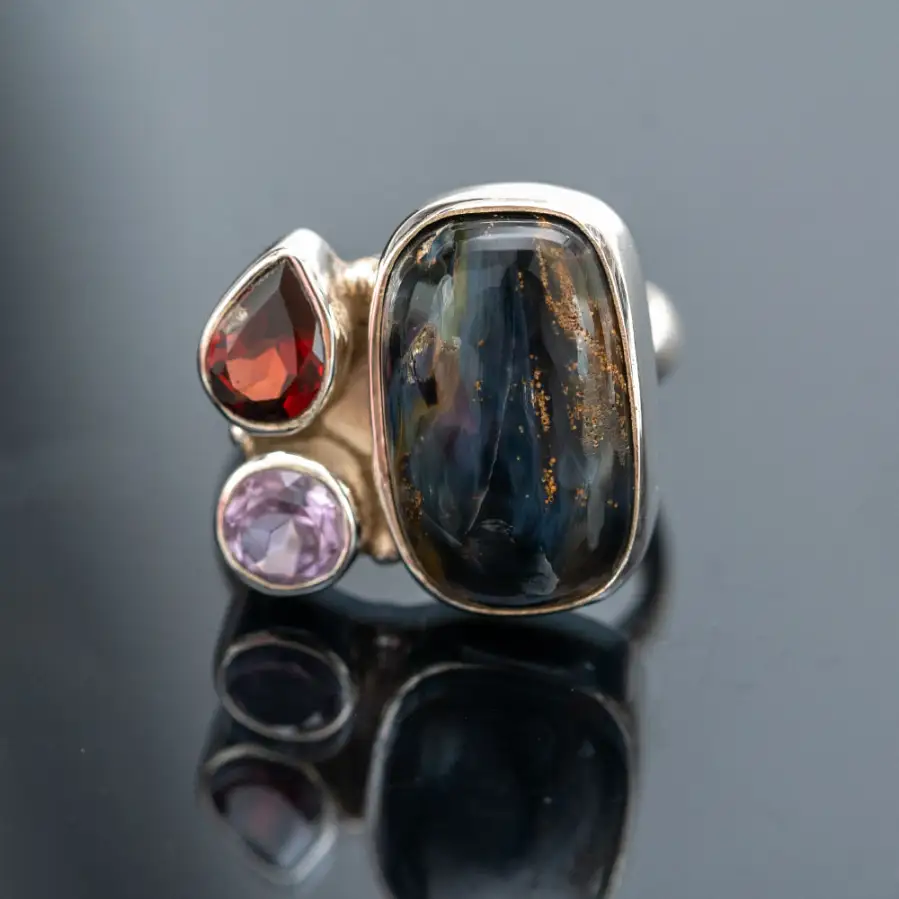
Elegant silver ring with pietersite and garnet
390,00351,98 -
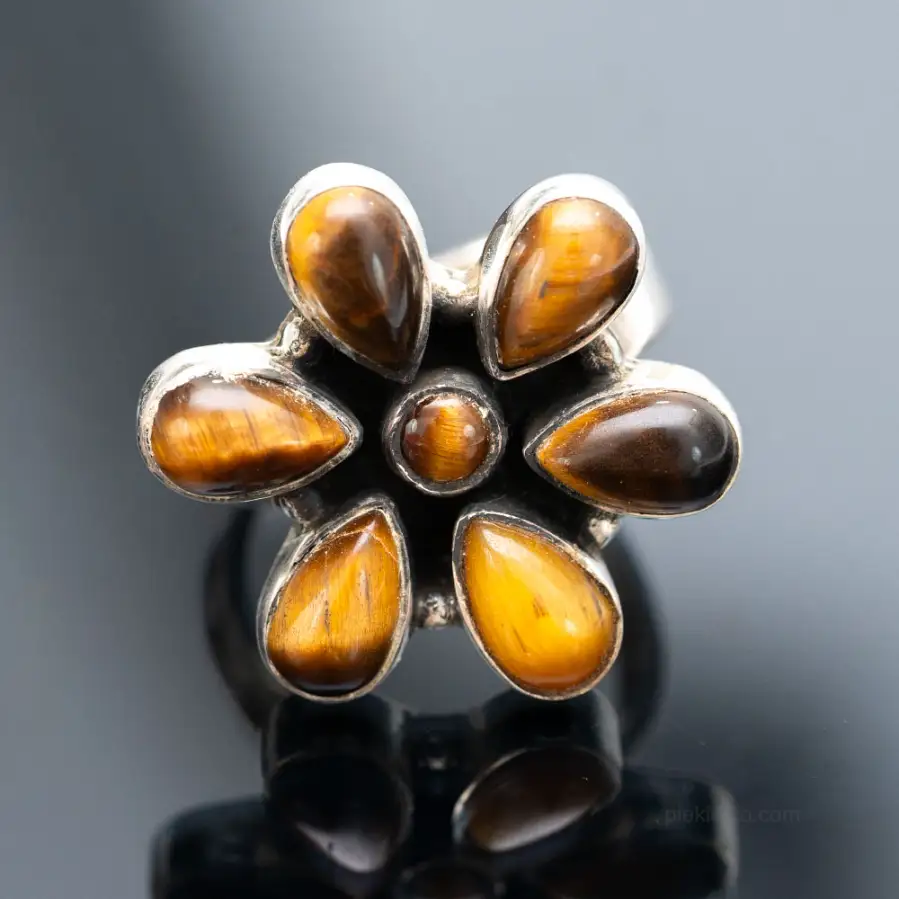
Silver adjustable tiger eye ring
290,00261,73 -
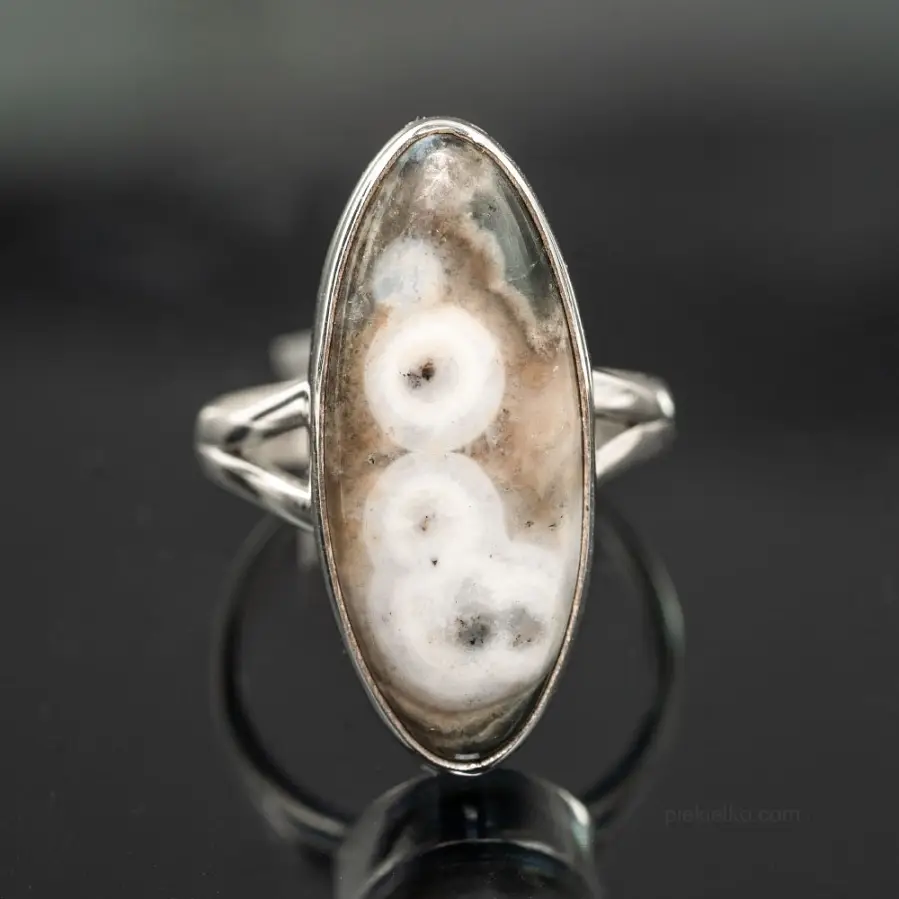
Ocean jasper from Madagascar
340,00306,85 -
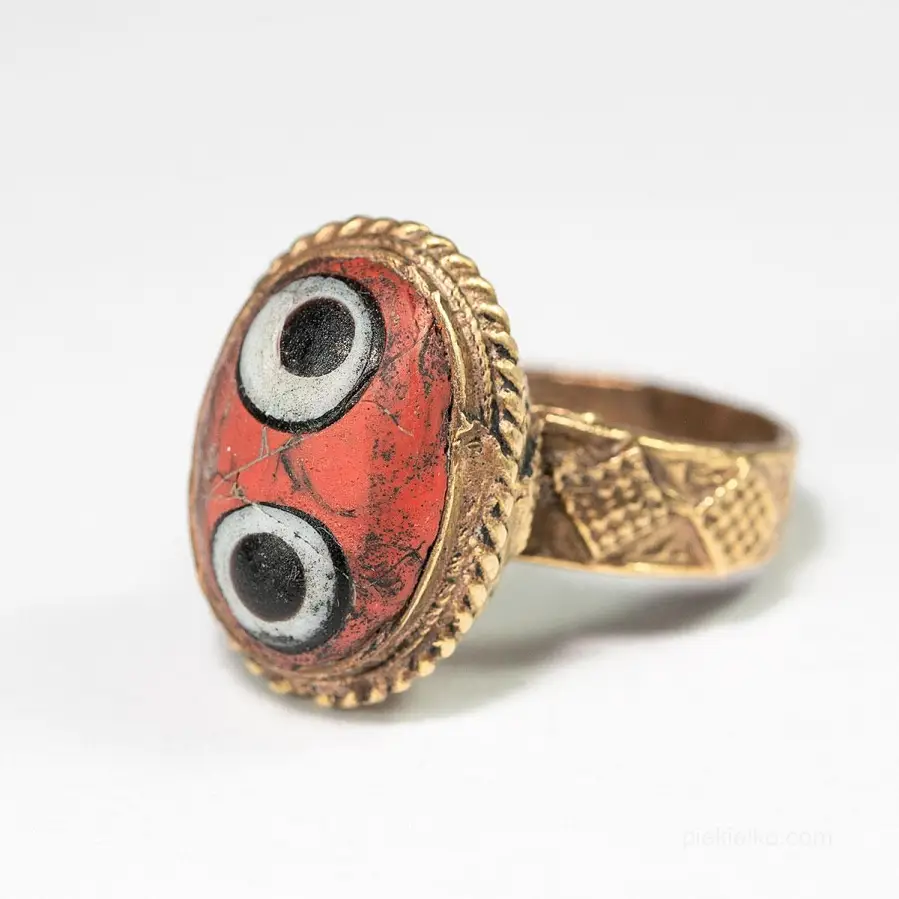
Signet ring with a gabri glass eye
98,0093,10 -
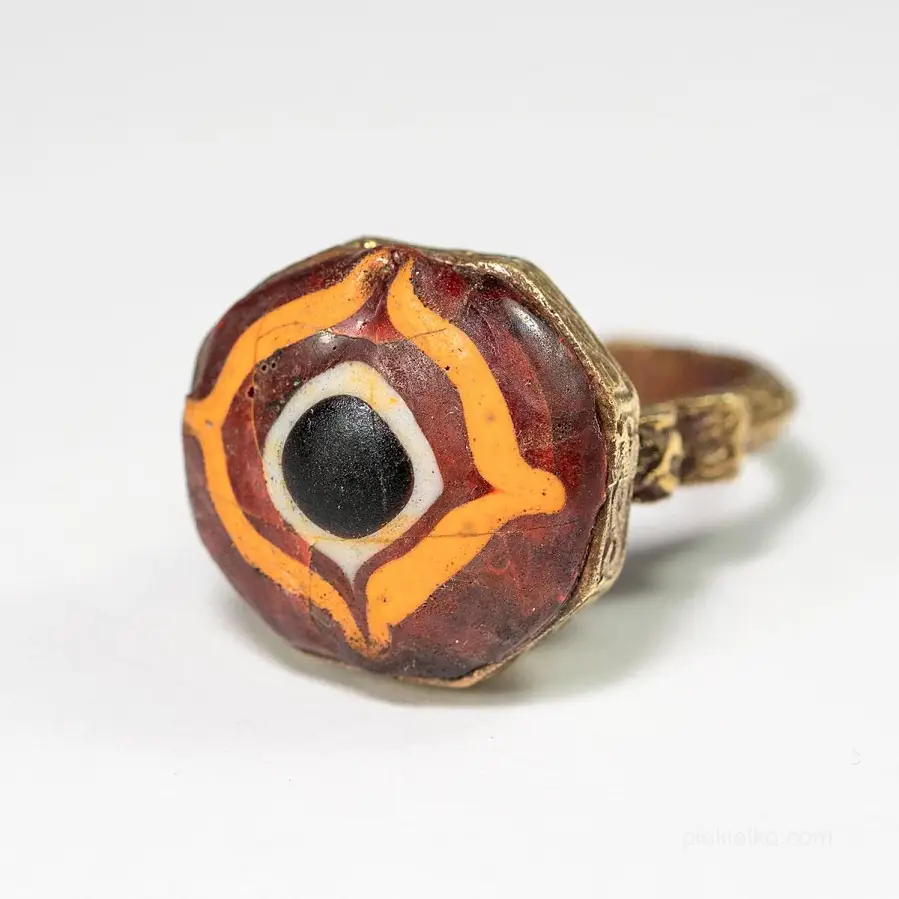
Brass Gabri Glass signet ring
98,0093,10 -
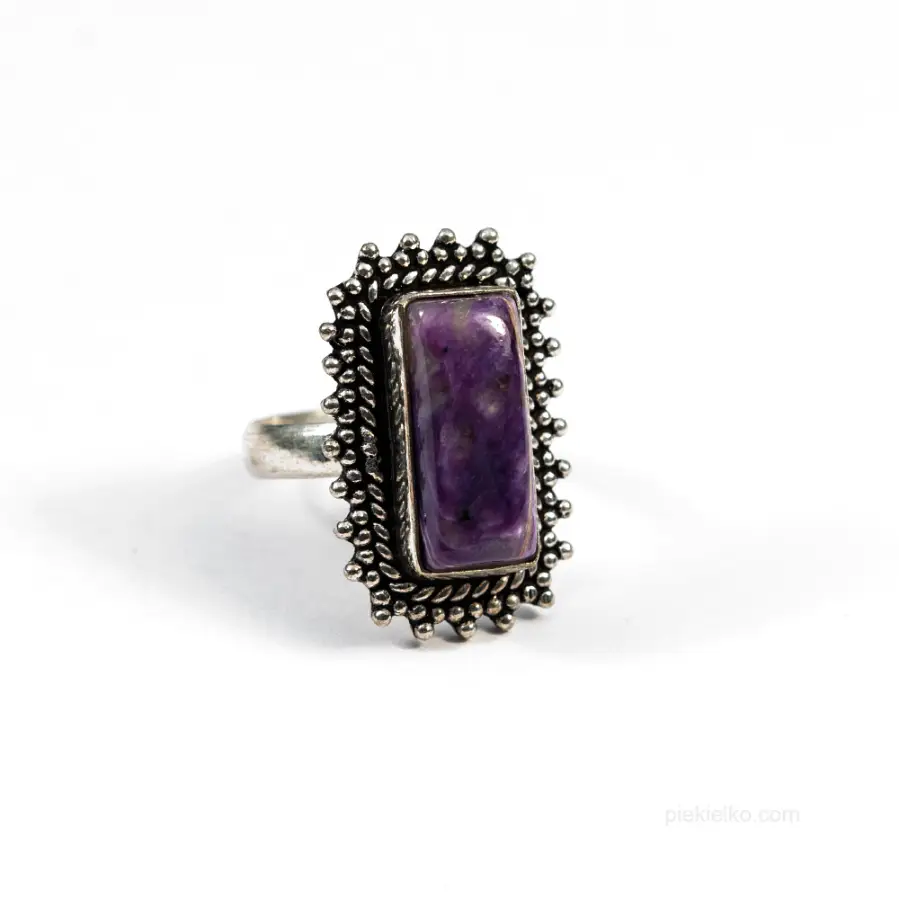
A ring with a magical charoite
190,00180,50 -
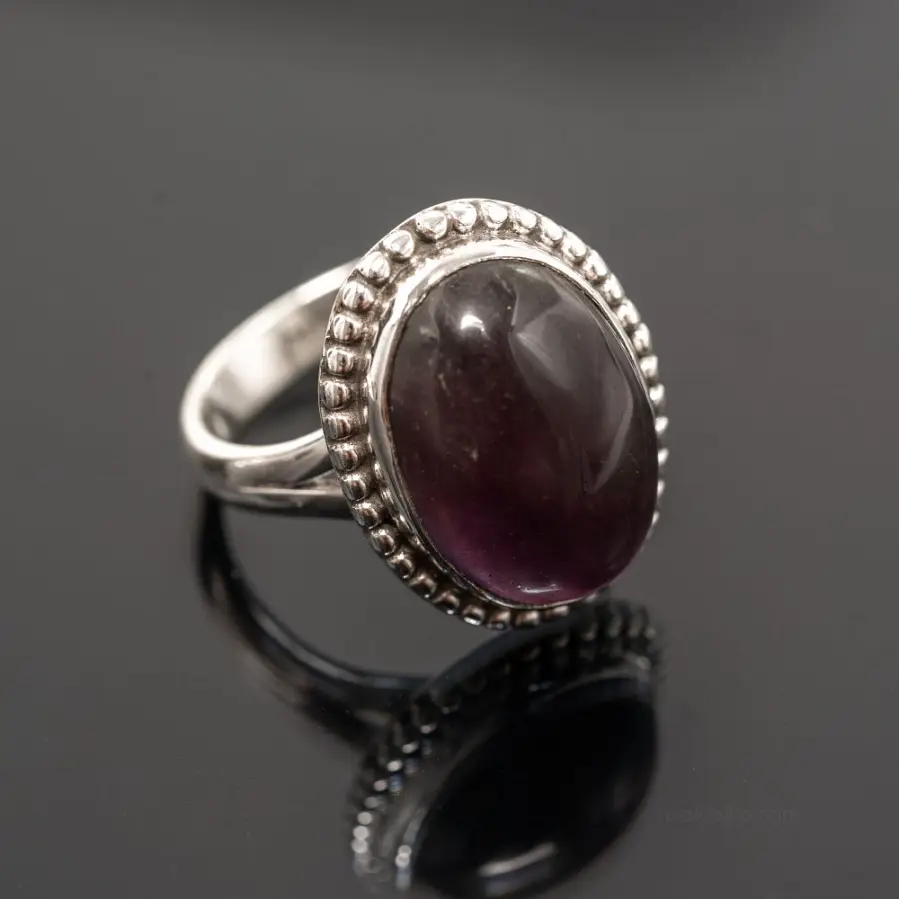
A gift with an amethyst - for a special person
350,00315,88 -

Tropical style fusion!
260,00247,00 -
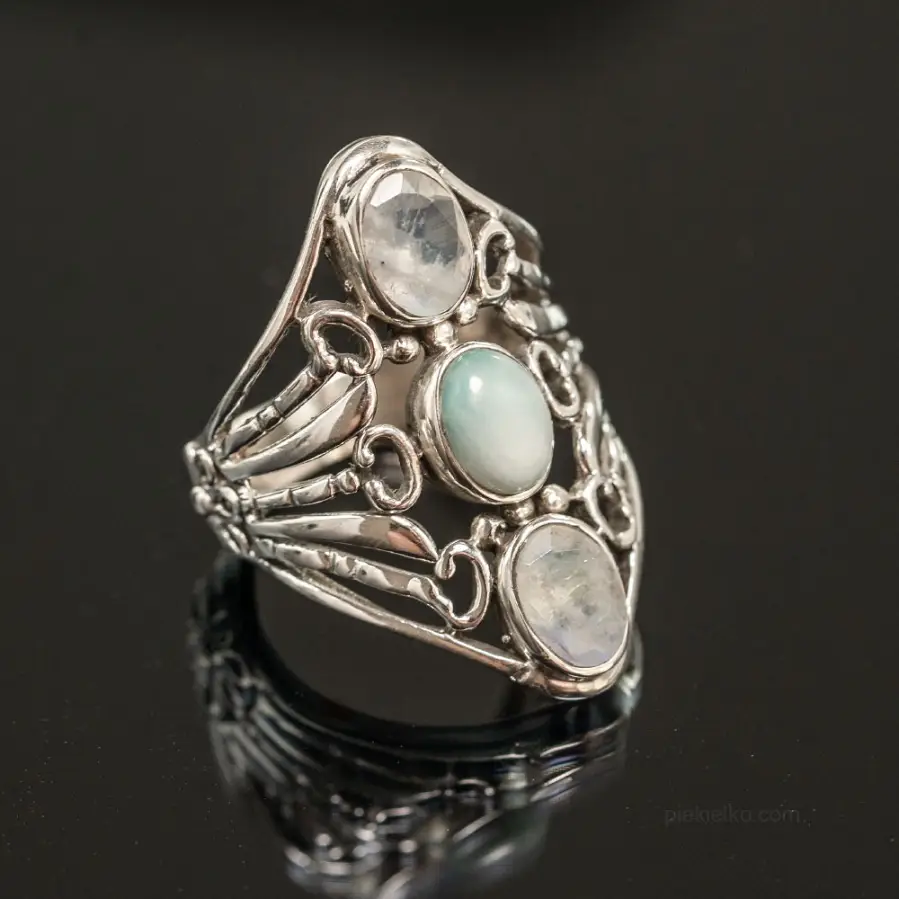
Ring with larimar and moonstone
360,00324,90 -
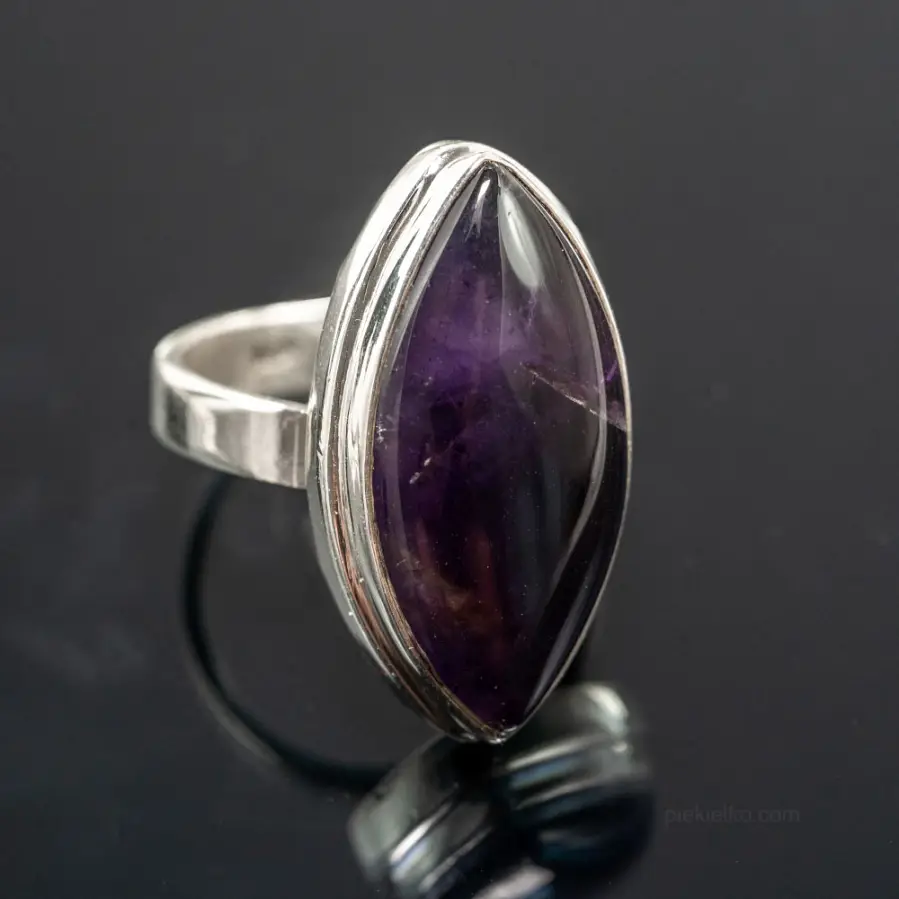
Silver ring with amethyst
450,00406,13 -
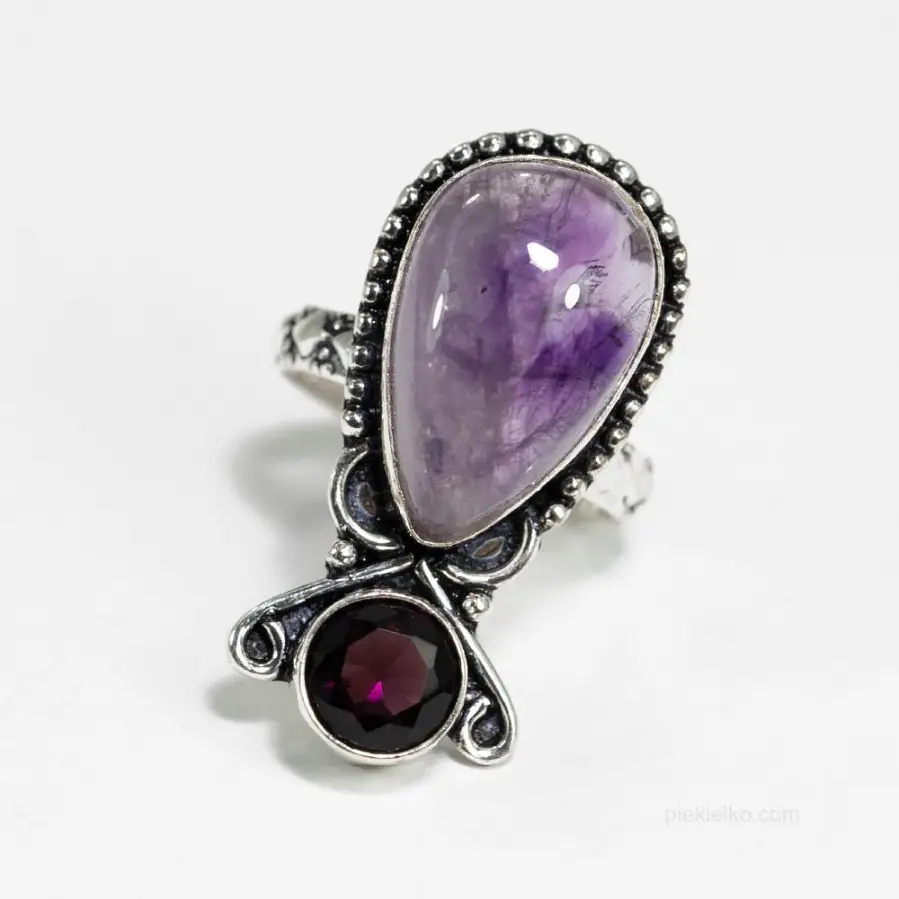
Amethyst gemstone handmade ring
199,00189,05 -

Ring with black opal
570,00514,43 -
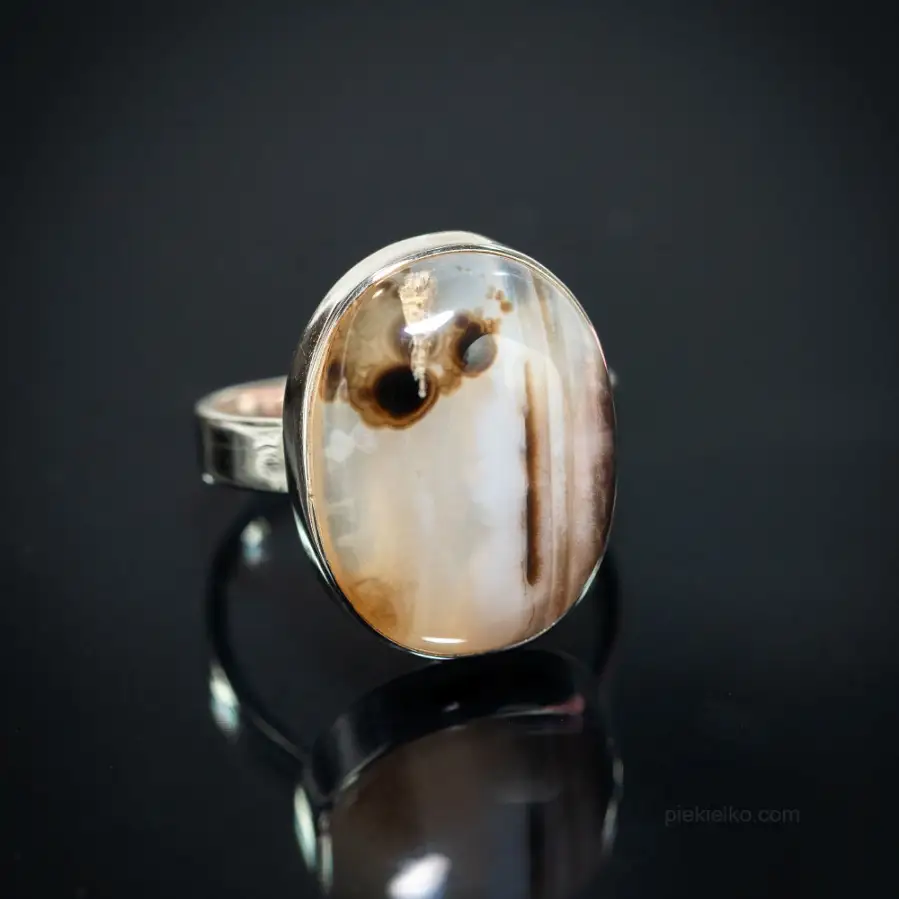
Silver ring with brown agate
330,00297,83 -
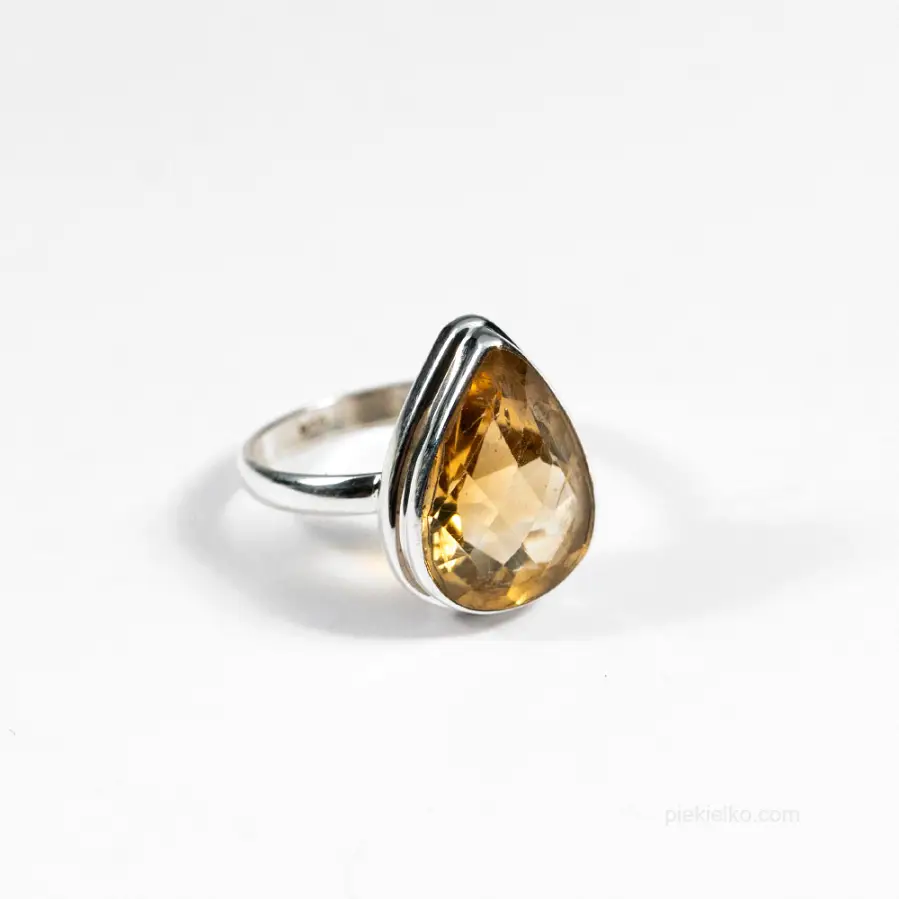
Silver ring with citrine
290,00261,73 -
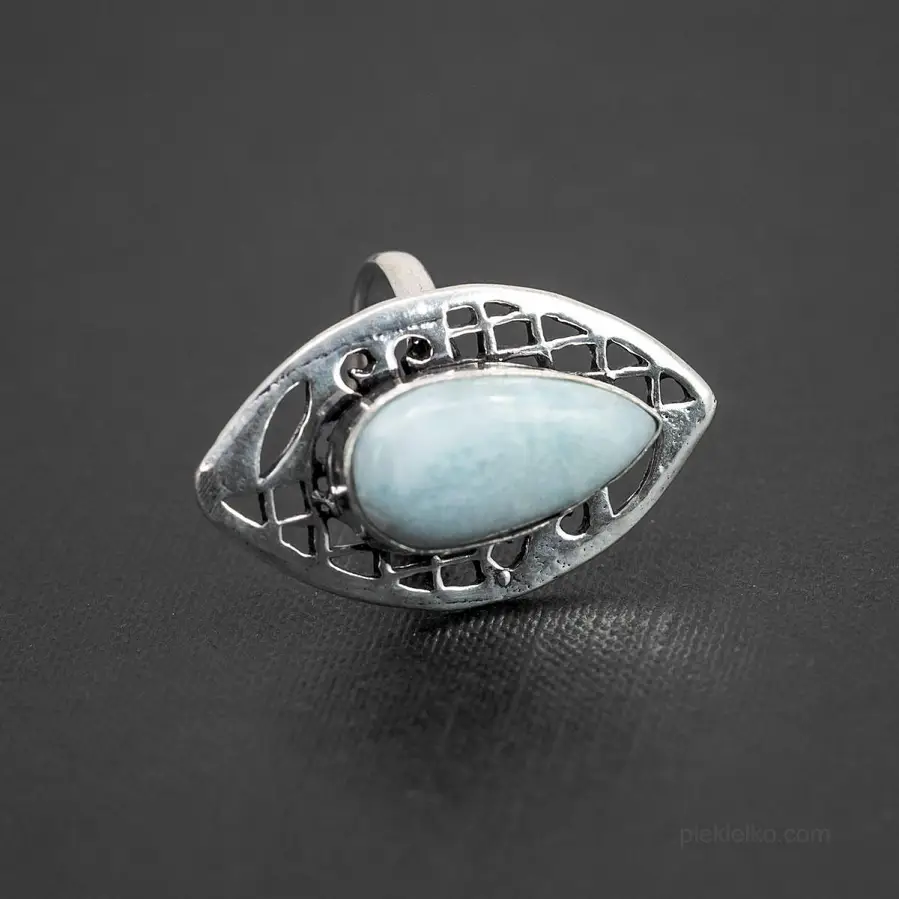
Larimar ring
195,00185,25 -

Turquoise Prickly Oyster Ring
345,00311,36 -
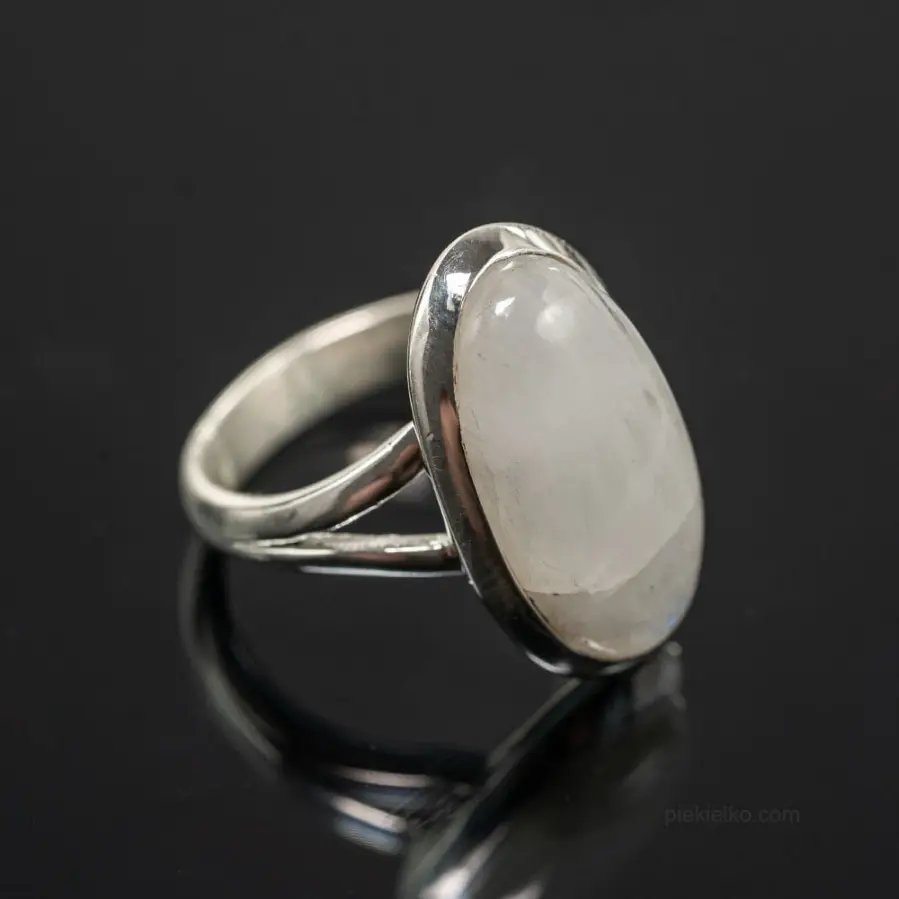
Silver Glow and the Mystery of the Moon
300,00270,75 -
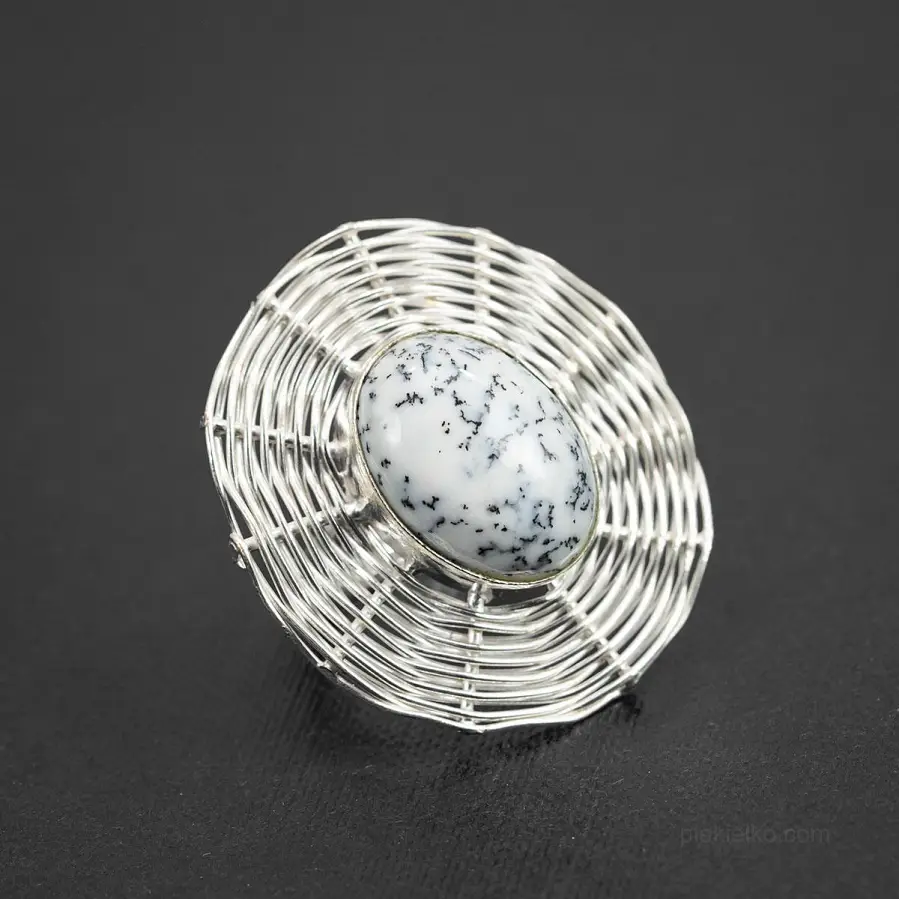
Opal dendritic basket ring
145,0082,65 -
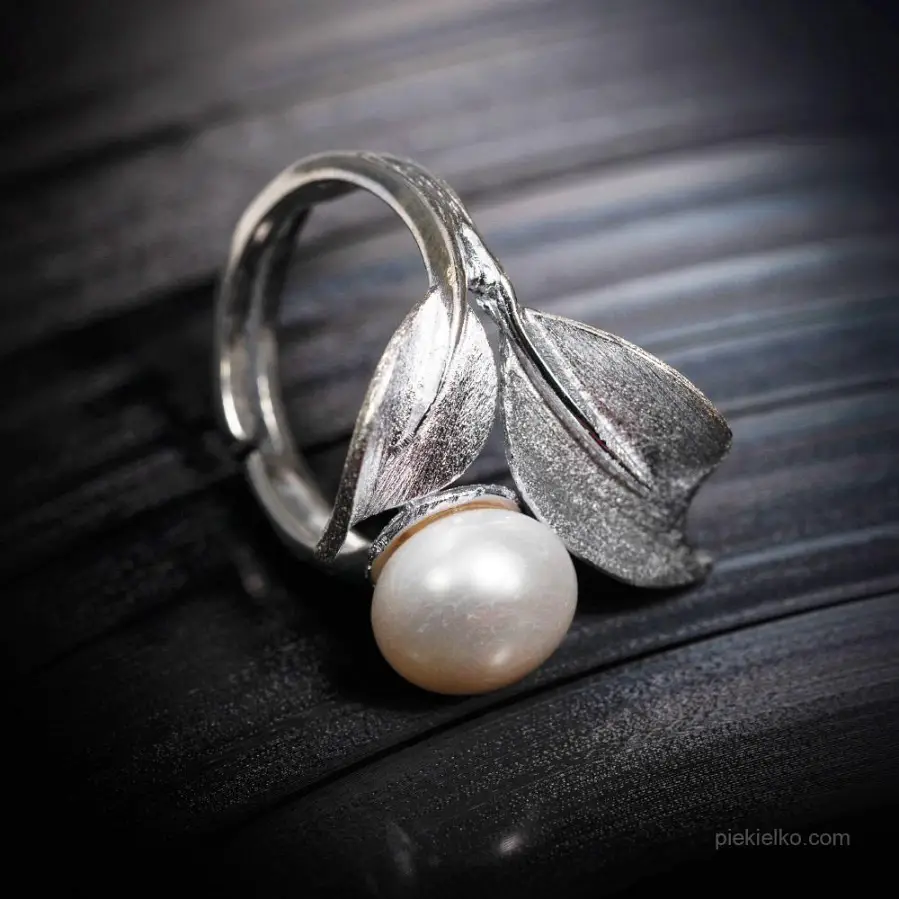
Silver ring with a pearl
357,00322,19 -
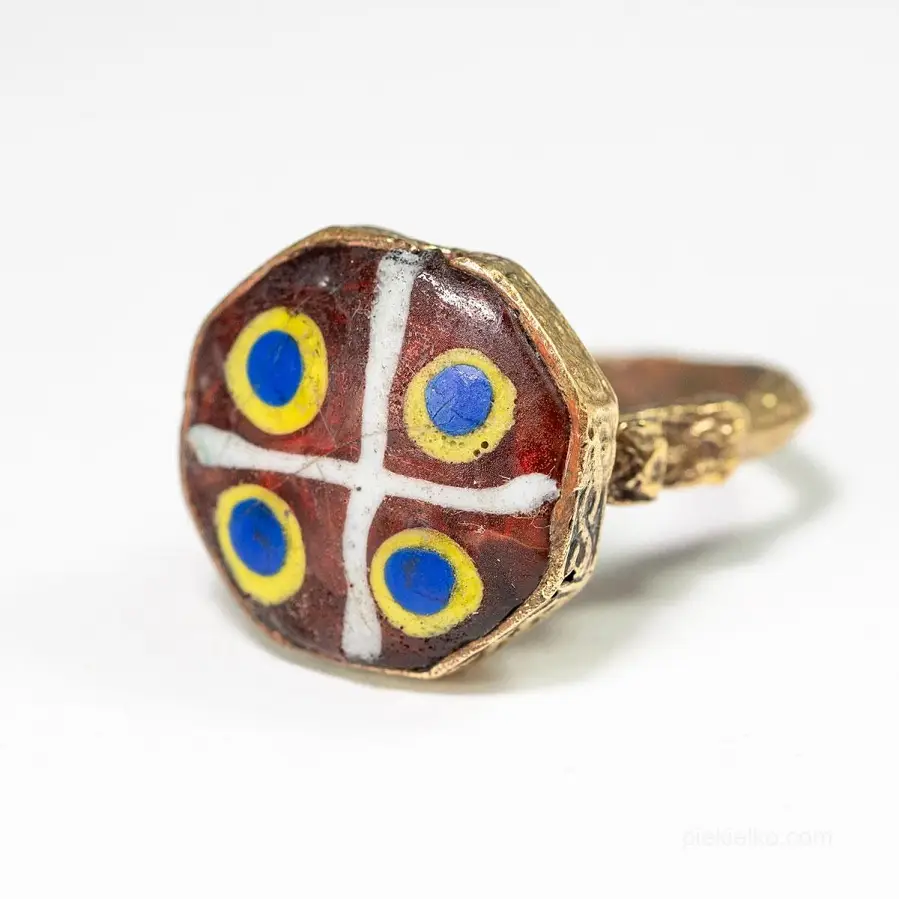
Brass Gabri Glass signet ring
98,0093,10



© Piekielko.com

